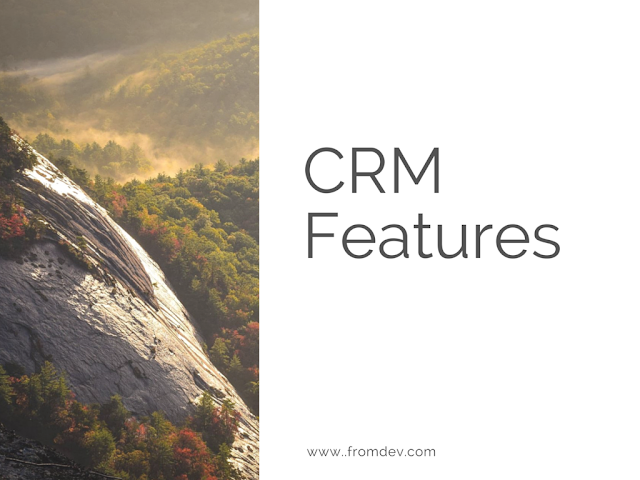During the launch of the World’s first-ever I Phone, Apple CEO Steve Jobs made a bold prediction – In future devices will carry many utilities rolled into a single connected system. Today, this philosophy will weave beyond the limits of hardware industry. Today, CRM software has transformed itself into a complete business utility system, which combines multiple features which were previously unrelated.
The special utility software’s such as Freshbooks make their own traction in their respective services. But these enterprises could be considered individually phenomenon’s rather than a collective activity.
Today, most businesses choose to work under a single CRM umbrella to aid and augment an existing workflow. This goes well-beyond the primary cost v/s utility equation. Having multiple features or fronts connected to a single platform, brings these benefits into your daily activity.
The Sum Is Greater Than Parts
Even with more productive employees, almost 40% of their effort can’t be attributed to any productive activity on a normal day. The duration of this mismanaged time increases dramatically on a hectic day.
While the feature-oriented business software increases efficiency for specific tasks, its FTE time benefits are dependent on many other aspects. With increasing number of features, you can connect and streamline independent features. It lets you develop new process protocols and shortcuts that bring better robustness and flexibility to your business process.
Increases Employee Engagement
In today’s day and age, employee engagement is considered to be the key factor behind business success. According to gallup.com, any organization with 95 percentile of employees engaged increase probability of success for up-to 67%.
This makes employee engagement a key indicator of building successful companies.
Arguably, an easy and straightforward way to increase engagement is employee involvement in interesting and non-repetitive tasks. A well-integrates CRM can create workflow structures that automate regular and repetitive tasks. This allows your employees to focus on more creative and collaborative tasks.
It allows you to manage multiple activities that can be done only through a streamlined fashion.
Collective Automation to Aid Human Talent
According to the same research by gallup.com, only 32% of the employees engage in their respective tasks. This simply means that most of the time employees go through the actions without engaging their active parts of the brain.
There could be many reasons for collective employee disengagement – multi-tasking, coordinating multiple communications, lack of proper checklist or messages etc. All these diversifications gradually take a toll on employee focus and concentration. The automation allows you to organize and manage daily tasks. With collective automation, your employees can be involved in daily tasks without disruptions.
Streamlining Big Data
Today data is most precious for a growing organization. If your data collection system only covers individual points, the information could get bashed or easily disorganized. With separate API’s covering diverse data streams, your data could also get confused and disoriented.
When the CRM connects and covers multiple utilities, you can manage your data collection in a streamlined fashion. When your CRM covers multiple organizational touch points, you can achieve sharper comprehensiveness and accuracy in collecting data.
Create Faster Quotations and Sales Processes
When you are competing for a particular deal or closure with multiple competitors, speed and proficiency become a deciding factor. If you are creating single-ended quotations, you could easily miss on important terms or needs to attend on an individual basis.
With a fully-featured CRM, you can connect multiple fronts of your business to create unified quotations at shortest time. It can also connect your sales and service teams to different parts of the organization, making them consistently fast.
Increases Employee Collaboration
According to an ancient saying, ‘If you go fastest go alone, if you want to go far, go together.’ The same goes for team effort and employee collaboration. If you are dependent on individual talent, you can get sporadically brilliant results. But these often fail to convert into long-term organizational goals.
If your organization covers multiple points, there are better chances of increasing employee collaboration. For example, with a clearly mapped-out employee workflow, you can allocate specific workloads to each individual. It allows you to avoid traditional work issues and work problems.
Abhishek Mohanty is the Marketing Manger for Kapture CRM, which is a cloud-based CRM solution. He combines his business and technological knowledge to produce a customized software solution that improves the way of operating your business. He loves blogging, social networking and reading.
